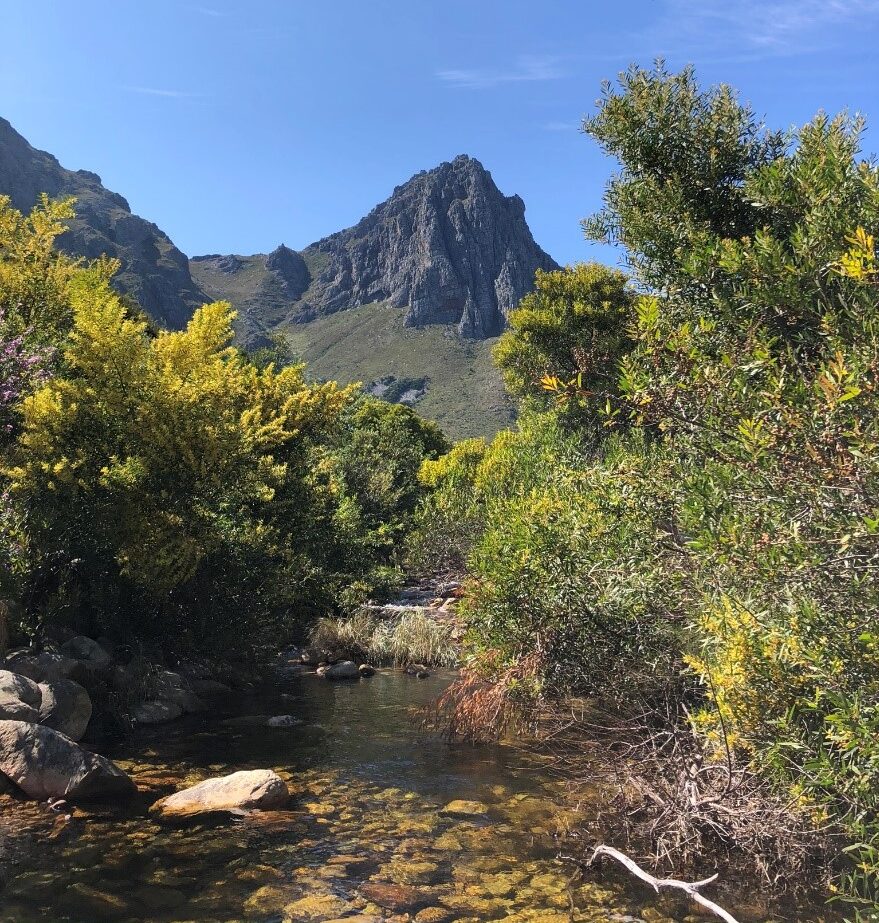Understanding the past, present, and future to guide restoration
A new study by Stellenbosch University researchers shows that a lack of funding, poor communication among stakeholders and inadequate knowledge are the major barriers to successful restoration of riparian zones in the Global South.
Comments Off on Understanding the past, present, and future to guide restoration
28 February 2022


